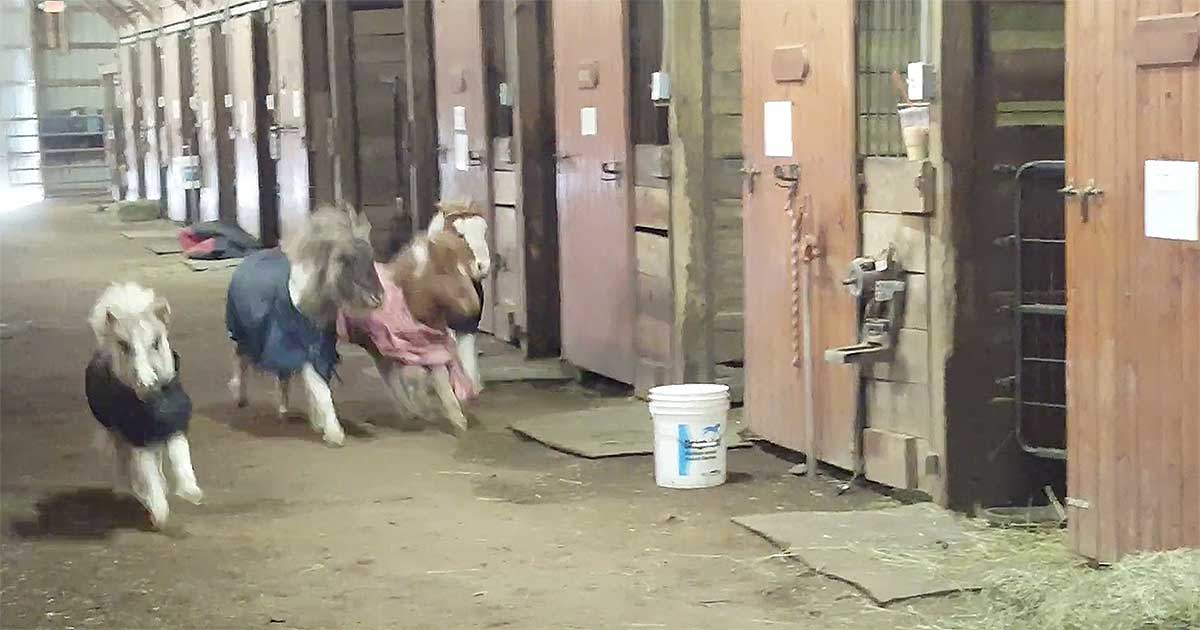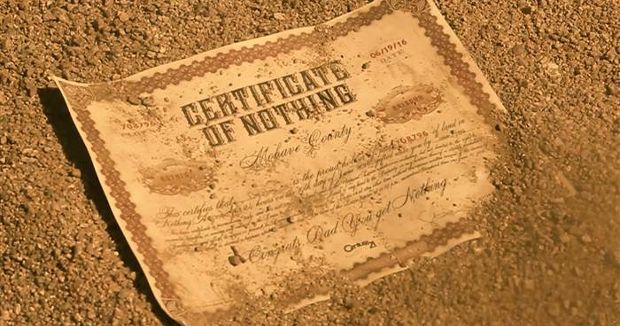Advertisement
Lifestyle
New York Sanitation Worker Has Trash Collection Worth $160,000
By
Lauren Boudreau
2 min read
- # East Harlem
- # Nelson Molina
- # Robin Nagle
Advertisement - Continue reading below
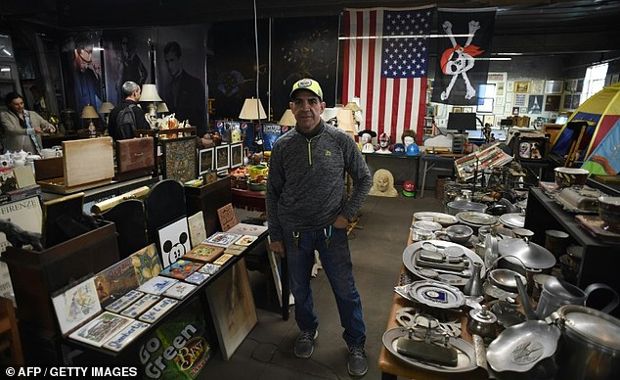
What do you get when you’ve been collecting New York City’s trash for 30 years? You get what Nelson Molina has – a collection of trash that’s the envy of any hoarder.
Molina, a sanitation worker for East Harlem, has been collecting the trash and putting it in storage in a warehouse. Not only did he keep items he found, but restored them as well. His collection consists of thousands of objects and values it himself at $160,000. He also calls it, “Treasures in the Trash.”
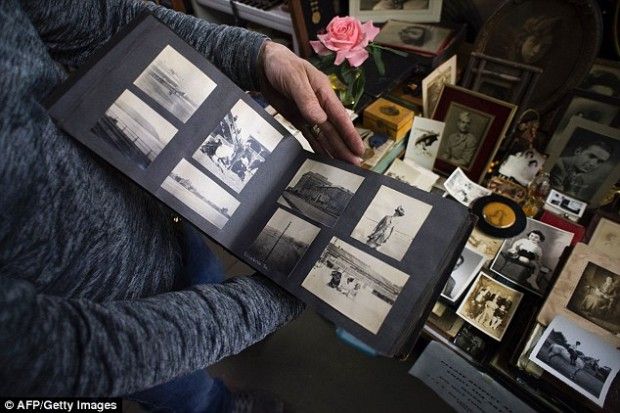

“I used to pick up the bag and sometimes shake it, and I would hear something I’d open the bag up,” Molina said of how he collects trash in a video from the Daily Mail. “Sometimes I would just look at the bag, the form of the bag and everything.”
Molina finds everything from paintings and family pictures, to statues and toys. While his collection and space is not officially a museum, scheduled visits are sometimes allowed.
He also said he got his trash picking skills from his mother who never liked to throw anything away, the Daily Mail reports.
The collection now has the entire second floor of the warehouse, but began in a small corner and then moved to the hallway.
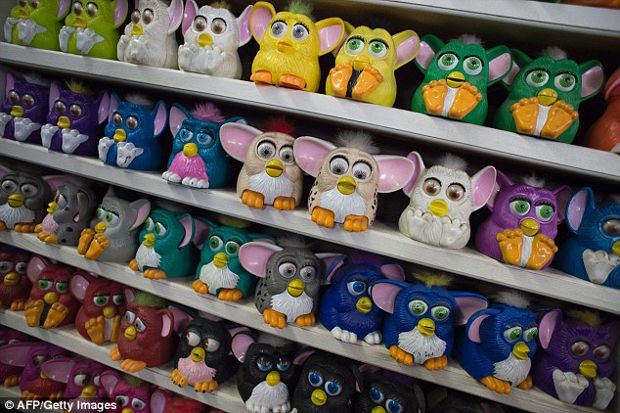

While Molina is the one who collected the items, it actually doesn’t belong to him. Sanitation workers are not allowed to take anything home that they find on the street, as it is deemed to be property of the city.
Now that he’s retired, the Department of Sanitation has to figure out where the collection is going to go. In the video, Molina says he’s hoping it can go to a building downtown. The deadline for a plan to be put in place is October 2016.
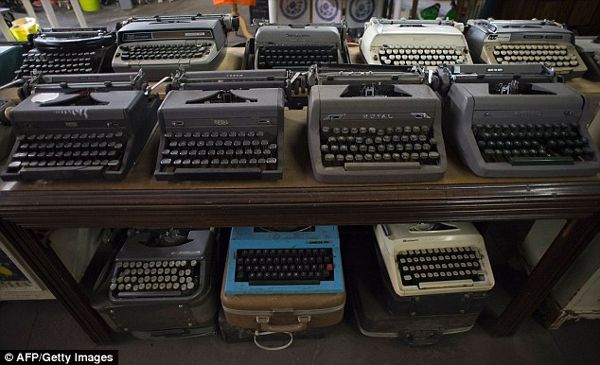
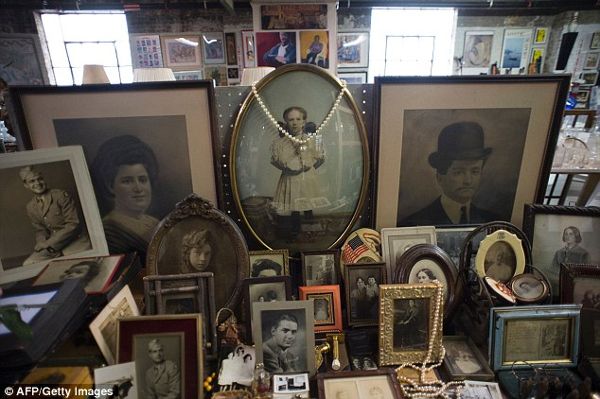
The Daily Mail reports that Metropolitan Hospital, which owns the site, wants the space back. However, the collection won’t have to physically be moved for another four or five years.
Robin Nagle, an anthropologist, said that the collection should stay somewhere in East Harlem since the collection is basically 30 years of the ever-changing neighborhood’s history.
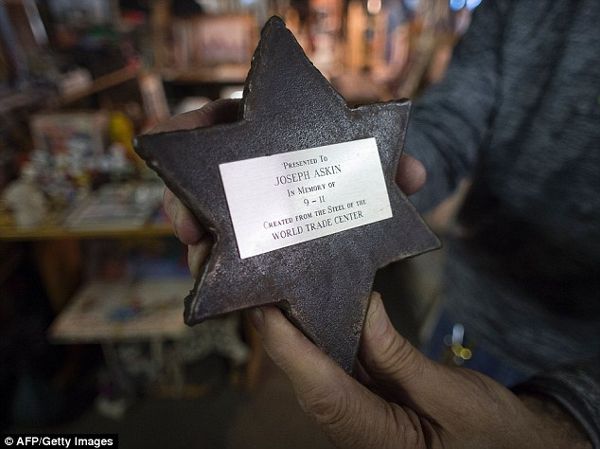
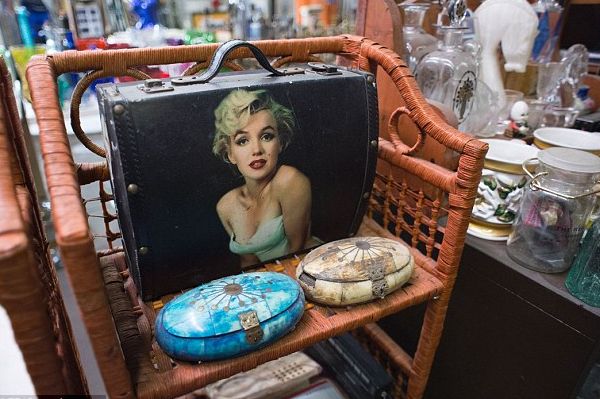
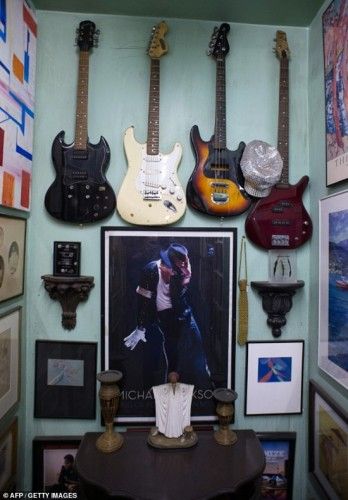
Advertisement - Continue reading below

